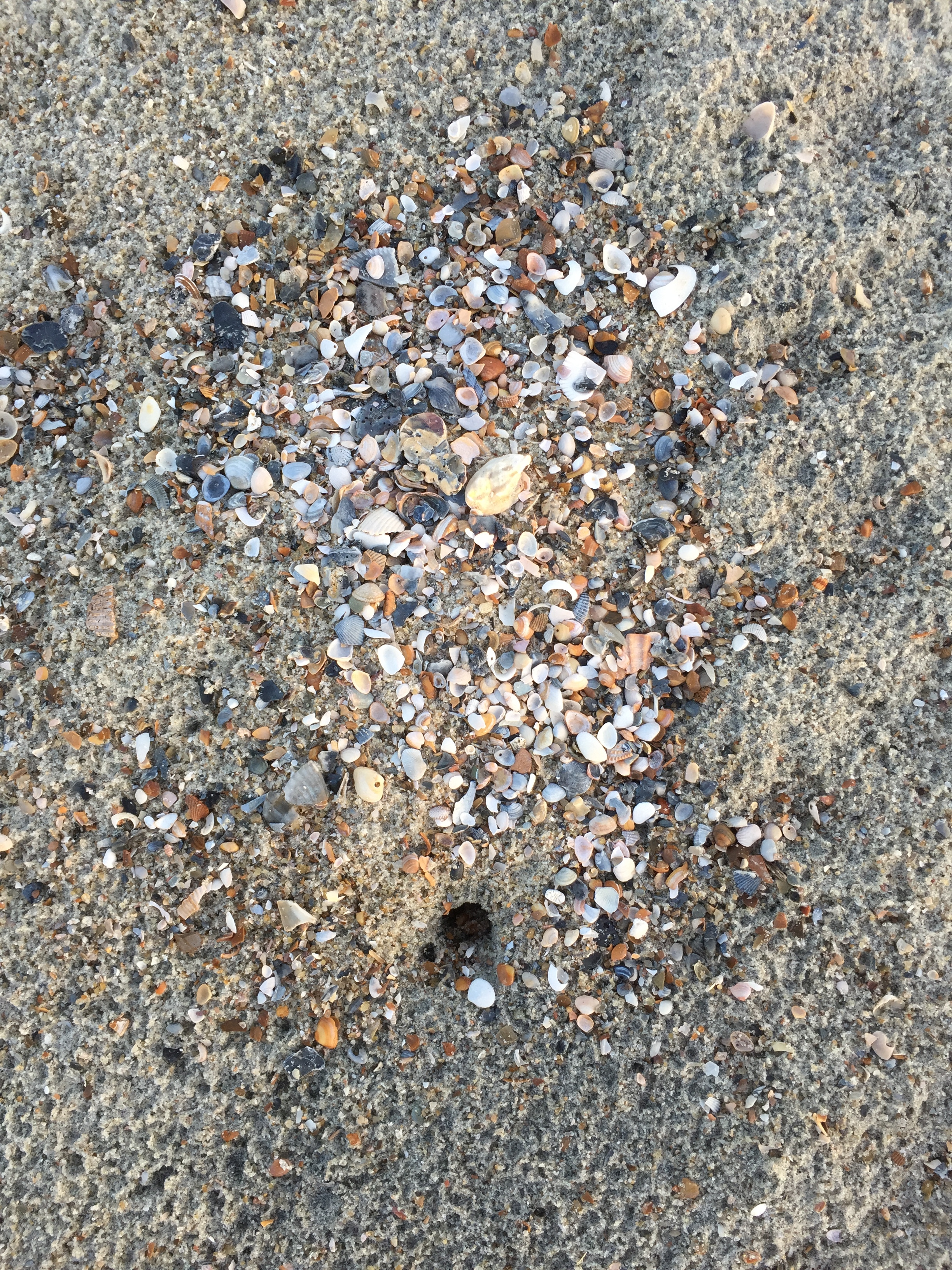The Shot Not Taken
/My parents visited Ireland for their 25th anniversary to stand foot on what my mother considered her ancestral grounds; that our relatives had been on the same land in County Derry in Northern Ireland for centuries was somehow beside the point. It was a kind of second honeymoon for them, visiting the home of Yeats, the Blarney Stone and all the rest. Tension only arose because as a writer my mother preferred to fully experience a scene or moment through all five senses, but my father was usually looking through the lens of his Leica. She wanted him to put down what she felt was an isolating device and be fully there with her, but he was an artist whose instinct was to frame what he saw, and preserve it. My mother was also just a much more social person, while my father’s introversion felt more comfortable behind the camera.
The family later appreciated my father’s efforts through his slides, but the more I travel, and the more I write, the more I see my mother’s point. There are moments you just should not visually document, and things you can’t successfully capture with a camera. Take rainbows, for instance. They’re gorgeous, and a bit magical, appearing from thin air as they do. It’s no wonder our ancestors tried to comprehend natural wonders like rainbows, Northern lights and tornados by crediting a spirit population. One that I saw over Lana’i in June was so intensely colored (Dr. Ph. Martin’s Radiant Concentrated Watercolors came to mind), it was as if you could scoop it up in your hands—but the images I took look like cheap postcards. Palm trees and rainbows, what could be more cliché?
I was recently in Ocean City, Maryland where my family vacationed almost every summer. I’ve stood in front of that surf countless times, but one day at sunset a westerly wind was lifting a fine spray off of the crests of glass waves, and the sun was hitting the water at just the right angle to form prisms in the mist —“spraybows” as I now call them. My sister and I stood there waiting for the next waves, hoping to see another one. I knew I wouldn’t be able to get a good shot of something so ephemeral and active without a tripod, but I compulsively kept trying. In so doing, I was missing experiencing them with my naked eye, missing being in that childlike moment with my sister, alone on the beach. The photograph I have is a generic if pretty image of the sea. You have to be pointed to the faint prism at left to even see it.
On Galveston, in the middle of a 7,000-mile cross-country trip, I was in a laundromat one Sunday, surrounded by families getting ready for the week of work and school. It wasn’t what I’d call a clean or well maintained place, but people were friendly. A tiny Hispanic man was standing next to me wearing a powder-blue t-shirt, with sparkles, that read “It isn’t easy being a princess. ” That shirt, on that man, in that environment—wow. I was chuckling inside, and was tempted to grab my camera, taking the shot would have felt mean spirited. I doubt he was being ironic—he didn’t seem to speak English. It was probably just an available shirt on laundry day. What entertains isn’t always appropriate to immortalize. I learned this lesson the hard way when I took a picture of a man carrying dead chickens by their feet through downtown Kisumu in Kenya. He saw me with my camera raised and shook his head angrily. I took the shot anyway. When I got the pictures back, his withering expression shamed me. I think if he could have cursed me, he would have—it was that intense a glare.
Maybe there’s something to that idea of photographs stealing souls. In any case, at times it’s common courtesy to leave the lens cap on and drink everything in in a less possessive way.









